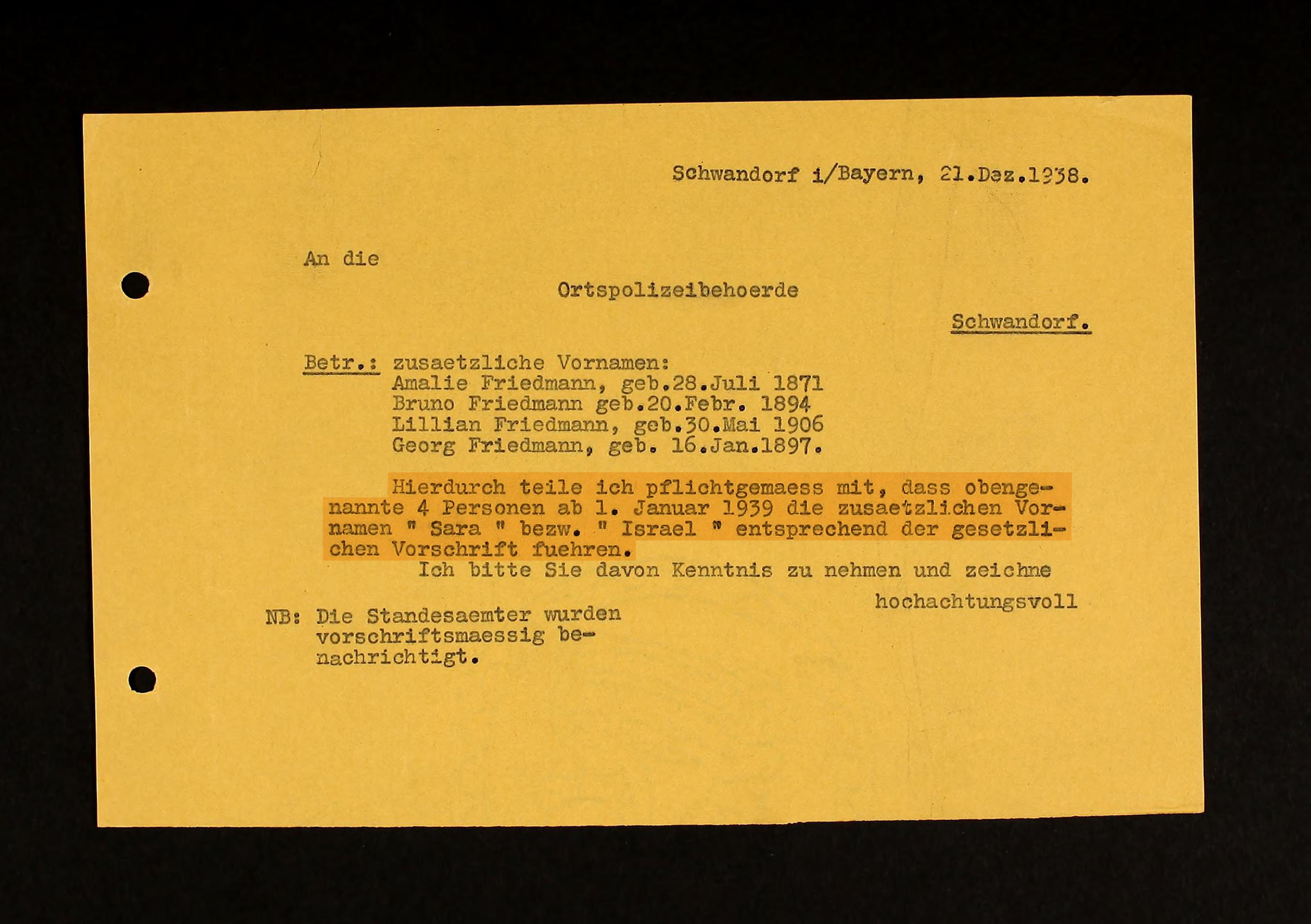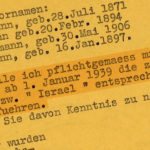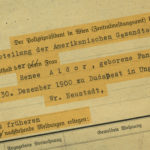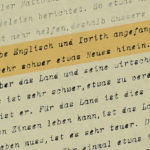No respite for Jews at German spas
A refugee from Germany intervenes

-

“Circumstances are especially adverse in this case, not to say sad. Her parents have been unemployed for a long time, since, living on an island in the North sea, they were among the first victims of the Nazi movement.”
Wangerooge
Already in the late 19th century, hostility towards Jews was common in German spas, some of which advertised themselves as “free of Jews.” In the Baltic and North Seas, entire islands presented themselves as anti-Semitic. Nevertheless, some had a small Jewish population. On the beaches of the North Sea health resort of Wangerooge, swastika flags were displayed as early as 1920, just after becoming the symbol of the Nazi party. When the Nazis had been voted into power, the situation became even harder for the island’s Jews. On December 22nd, 1938, Fritz Jacoby, himself a beneficiary of the work of the Boston Committee for Refugees and a recent arrival to the United States, turned to Willy Nordwind, its co-chair, on behalf of Marga Levy, a 24-year-old native of Wangerooge. In the wake of the pogrom of November 9-10, all of her male relatives had been incarcerated, there was no money and no way to make a living. Thus, the grateful Mr. Jacoby implores the Committee to provide the young woman with a “domestic affidavit” which would enable her to “work day and night to feed her parents.”
SOURCE
Institution:
Leo Baeck Institute – New York | Berlin

Collection:
Willy Nordwind Collection, AR 10551

Original:
Box 1, folder 15












































